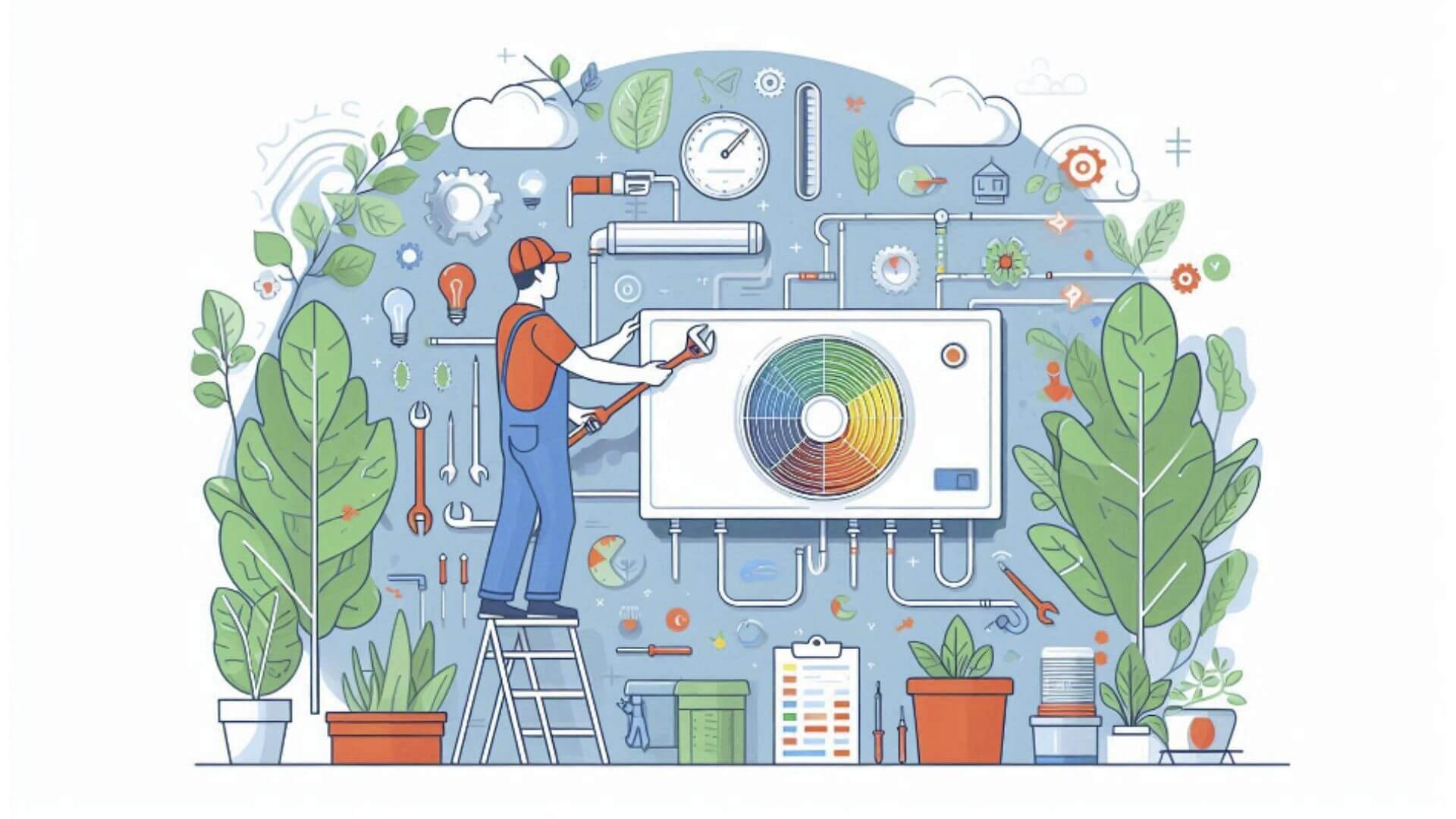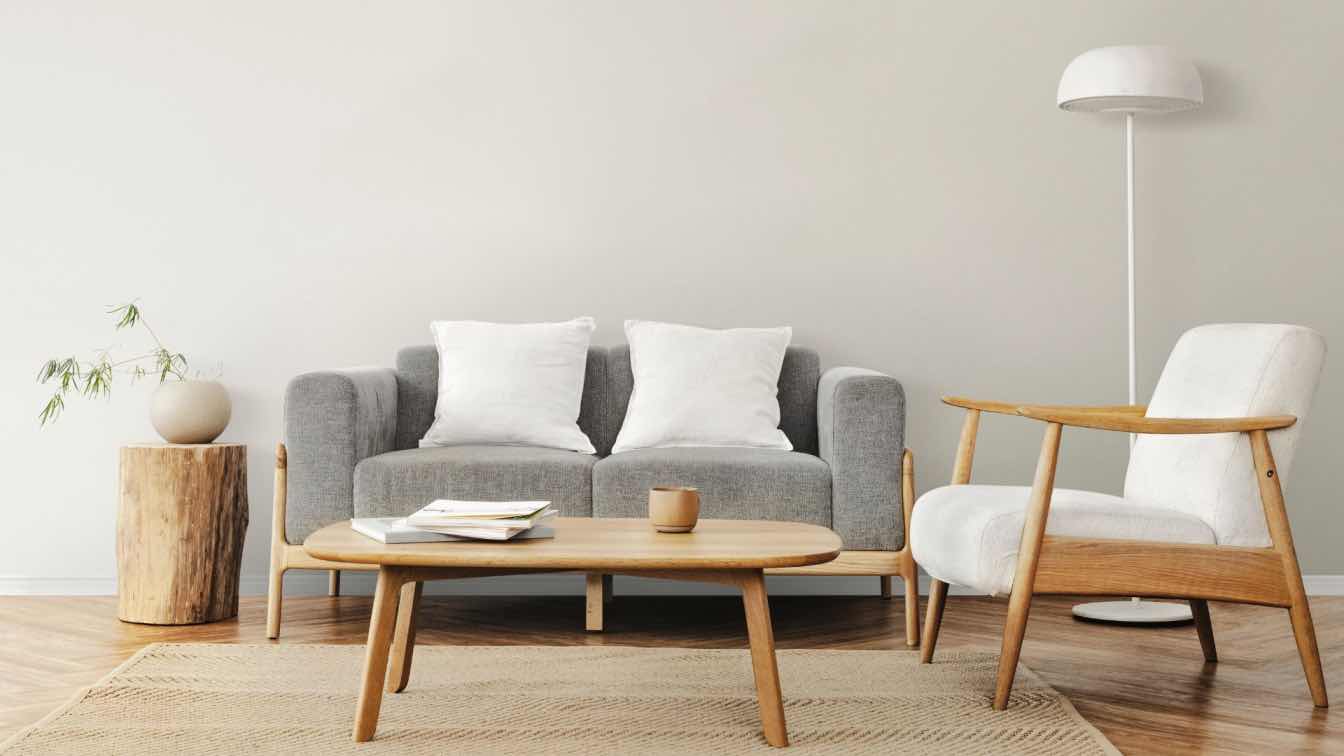Modern architecture demands a balance between beauty and efficiency. Administrative HVACR technicians are crucial in this equation, integrating innovative heating, ventilation, air conditioning, and refrigeration solutions into buildings.
Their role extends beyond mere installation. These professionals ensure systems enhance both energy savings and comfort indoors.
For architects eager to match design with function, these experts are indispensable. Stick around to discover how they help shape high-performance buildings by offering insights that marry aesthetics with utility.
Understanding the Responsibilities of HVACR Technicians in Architecture
Put simply, properly trained HVACR technicians are responsible for heating, ventilation, air conditioning, and refrigeration systems that support architectural projects. Their duties include:
1. Designing systems to meet energy efficiency goals
2. Collaborating with architects to ensure seamless integration
3. Managing installation processes for smooth project execution
4. Technicians also conduct regular maintenance checks. These help identify potential issues early.
Furthermore, they use technology like Building Information Modeling (BIM) for precision design and implementation. This connection is part of the reason that the BIM market is growing 11.1% annually at the moment.
Also, their expertise ensures buildings maintain optimal indoor environments while minimizing environmental impact. This technical acumen allows them to work closely with design teams, providing practical solutions that align with architectural visions.
Essentially, in modern architecture’s quest for sustainability and comfort, HVACR technicians prove themselves indispensable through their unique skills and insights.
How Energy Efficiency Shapes Modern Building Design
Energy efficiency drives the evolution of building design, emphasizing sustainability. Architects focus on creating structures that use less energy and provide better living conditions.
Key elements influencing this trend:
1. Incorporation of renewable energy sources like solar panels
2. Utilization of advanced insulation materials to reduce heat loss
3. Implementation of smart technology for monitoring and optimizing system performance
Designers consider every aspect, from window placement to material choice, in reducing a building’s carbon footprint. HVACR technicians contribute by designing systems tailored for minimal energy use.
Energy-efficient designs often include features such as natural ventilation systems. These lessen reliance on mechanical cooling or heating.
Ultimately, these efforts lead not only to reduced operating costs but also enhance comfort for occupants. They play a critical role in meeting regulatory requirements and achieving certification standards like LEED (Leadership in Energy and Environmental Design).
Integrating Innovative HVACR Systems with Architectural Design
Incorporating cutting-edge HVACR systems into architectural projects is crucial for achieving efficiency and aesthetics. This integration requires careful planning and collaboration.
Key strategies include:
1. Early involvement of HVACR technicians in the design phase
2. Use of modular systems that adapt to changing needs
3. Designing concealed system components to preserve aesthetic value
Architects often prioritize seamless incorporation without compromising design vision. Therefore, innovative ductwork solutions are developed for hidden installation within walls or ceilings.
Furthermore, integrating smart controls allows building occupants to easily adjust temperatures. This enhances comfort while optimizing energy use.
By merging advanced technologies with creative architecture, these projects achieve a harmony between form and function. It reflects how modern buildings must meet both environmental standards and human needs effectively.
This collaborative approach ensures each element contributes to an overall efficient yet visually appealing environment.
The Impact of HVACR Expertise on Indoor Comfort and Air Quality
HVACR technicians significantly influence indoor comfort and air quality, both of which are pivotal in modern architecture. Their expertise ensures environments remain healthy and pleasant.
Critical contributions include:
1. Designing ventilation systems that provide consistent fresh air
2. Installing filters to capture allergens and pollutants effectively
3. Implementing humidity controls to prevent mold growth, which creates healthcare costs of over $20 billion annually and so needs addressing at its root
These systems maintain optimal temperature ranges, which is essential for occupant well-being. Properly managed humidity levels enhance comfort by reducing excess moisture or dryness.
Additionally, advanced HVACR solutions utilize sensors that monitor air quality continuously. This technology allows immediate adjustments if conditions deviate from set standards.
Ensuring high indoor air quality also aligns with health-conscious building trends prioritizing occupants’ physical well-being. By delivering tailored solutions suited to specific architectural needs, HVACR professionals ensure buildings are not only energy-efficient but also offer superior living conditions through excellent climate management.
The Last Word
As we’ve shown, administrative HVACR technicians are instrumental in shaping modern architecture. Their technical expertise and collaborative efforts with architects ensure energy-efficient, comfortable, and aesthetically pleasing buildings.
Bridging innovative systems with design goals means these professionals can meet evolving sustainability demands.
As architecture continues to advance, the integration of efficient HVACR solutions becomes even more relevant to creating high-performance structures that cater to both environmental standards and human comfort needs.





